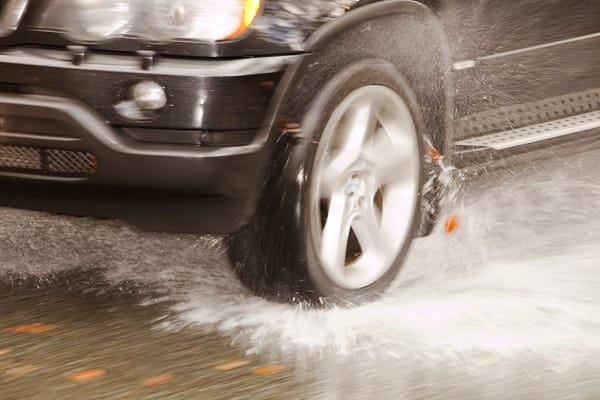
"Also known as hydroplaning, aquaplaning happens when a layer of water builds up between a vehicle's tyres and the road surface, causing the tyres to lose grip. This can lead to a complete loss of steering and braking control, leaving drivers unable to manoeuvre safely until the tyres regain contact with the road. Even a small amount of water can cause aquaplaning if tyres are worn or under-inflated."
"When the car is aquaplaning, drivers might notice the engine suddenly becoming louder, feel as though they've dropped the clutch down a gear, causing the revs to increase, experience lighter or unresponsive steering, or feel the back end of the car drifting from side to side, also known as 'fishtailing'. In that situation, it's crucial not to slam the brakes or turn the wheel sharply."
Rainfall in the UK has increased, with winter 2023-24 the wettest on record, raising aquaplaning risk. Aquaplaning, or hydroplaning, occurs when water builds between tyres and road, causing loss of grip, steering and braking control. Even small amounts of water can trigger aquaplaning if tyres are worn or under-inflated. The legal minimum tread depth in the UK is 1.6mm, so regular checks are essential. Drivers should significantly reduce speed in wet conditions, especially above 35 mph where risk increases, and avoid harsh acceleration, braking or sudden steering. If aquaplaning occurs, gently ease off the accelerator and keep steering straight until contact returns.
Read at London Business News | Londonlovesbusiness.com
Unable to calculate read time
Collection
[
|
...
]